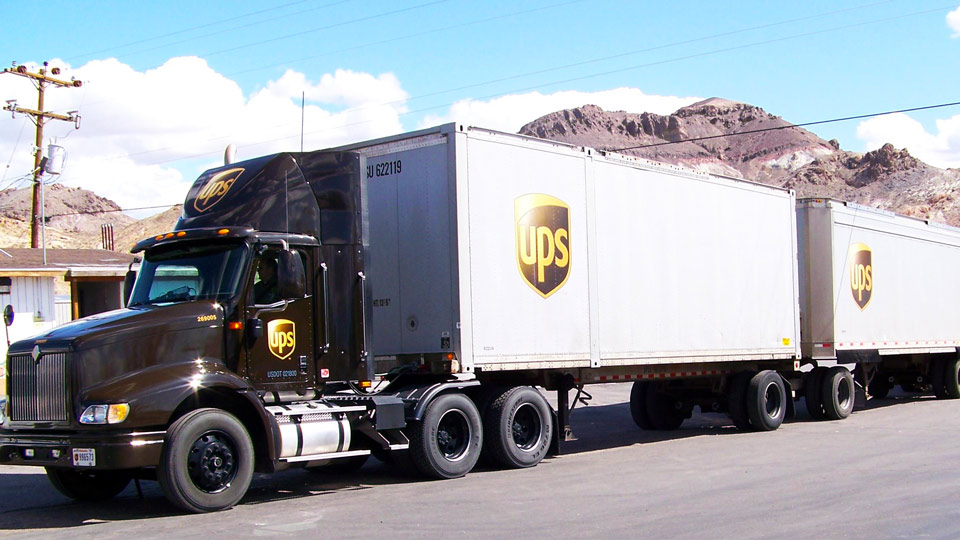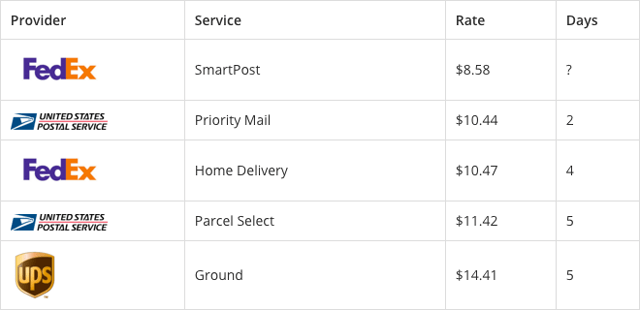
Shipping costs are going up every year, as I’m sure you’re painfully aware. As fuel, labor, and overhead increase, so must the rates from top carriers like FedEx, UPS, and the post office. Fortunately, there are more ways than ever to reduce your postage costs, such as hybrid shipping services.
What is hybrid shipping? It’s kind of like a hybrid car: you have a gas engine and an electric motor in the same vehicle, and the vehicle will switch to the right motor for the job. Hybrid shipping services hand off a package from one carrier to another, usually from a private parcel service to a local postal service for delivery.
Odds are good that you’ve shopped online recently and received a package through a hybrid shipping service. FedEx SmartPost and UPS SurePost are used every day by e-commerce giants like Amazon, Newegg, and Walmart. Both services start the package journey through their distribution system until the package reaches the “last mile.” This is when the local post office takes the package and delivers it to the recipient (usually on a route that’s longer than a literal mile).
Why use hybrid shipping services?
Passing packages from one carrier to another may seem complicated and unnecessary. Why not just have FedEx or UPS delivery the package all the way to the recipient’s doorstep? If you wanted a package to be delivered by the post office, you would have shipped it through the postal service to begin with.
Fortunately, hybrid shipping services do have benefits that make the complexity worthwhile. The main perk to shipping through hybrid methods is that they tend to have much cheaper postage rates than comparable ground services. Here is one example of a package being shipped from Florida to a residence in California:

Note that this rate calculation was performed by a SKULabs user with heavily discounted FedEx Home Delivery rates. Despite those negotiations, shipping through FedEx SmartPost is still about 20% cheaper in this example.
Postage savings isn’t the only perk to opting for a hybrid service. While FedEx and UPS normally can’t deliver packages to PO boxes, the hybrid service handoff to the postal service makes this possible. FedEx SmartPost and UPS SurePost also allow you to avoid surcharges for Saturday delivery or residential delivery, saving even more money in certain circumstances.
Risks and drawbacks of hybrid shipping
While hybrid shipping services can save you money (and headache), they are not always going to be the best option. As with anything in this business, there’s no one clear answer to fit everywhere, so these potential shortcomings need to be considered case by case.
The main disadvantage of hybrid shipping is that it tends to be slower than traditional ground delivery. UPS SurePost tends to arrive a day later than the same shipment would have through UPS Ground. This is simply because UPS took that extra day to hand the package off to the local postal service for them to perform the delivery. Other services, like FedEx SmartPost, consolidate multiple shipments together before transporting them from one hub to another. This can cause some packages to wait longer before being transported than they would have through a method like FedEx Home Delivery.
While hybrid shipping is often cheaper than other available methods, it’s not guaranteed by any means. The price advantage generally disappears if the package qualifies for USPS First Class shipping, fits in a Priority Flat Rate box, or weighs more than 10-12 pounds. Lighter packages are generally best suited for the post office, while heavier packages are ideal for private services like UPS Ground. Hybrid shipping services will most often gain the upper hand in the middle ground: packages between 2-10 pounds that don’t meet the criteria for a postal flat rate shipment.
Even with these caveats in mind, hybrid shipping may still save your business heaps of money. Talk to your local shipping representatives about the hybrid shipping services they can offer you, and connect those carrier accounts to SKULabs to compare those service rates side by side for all of your orders.
